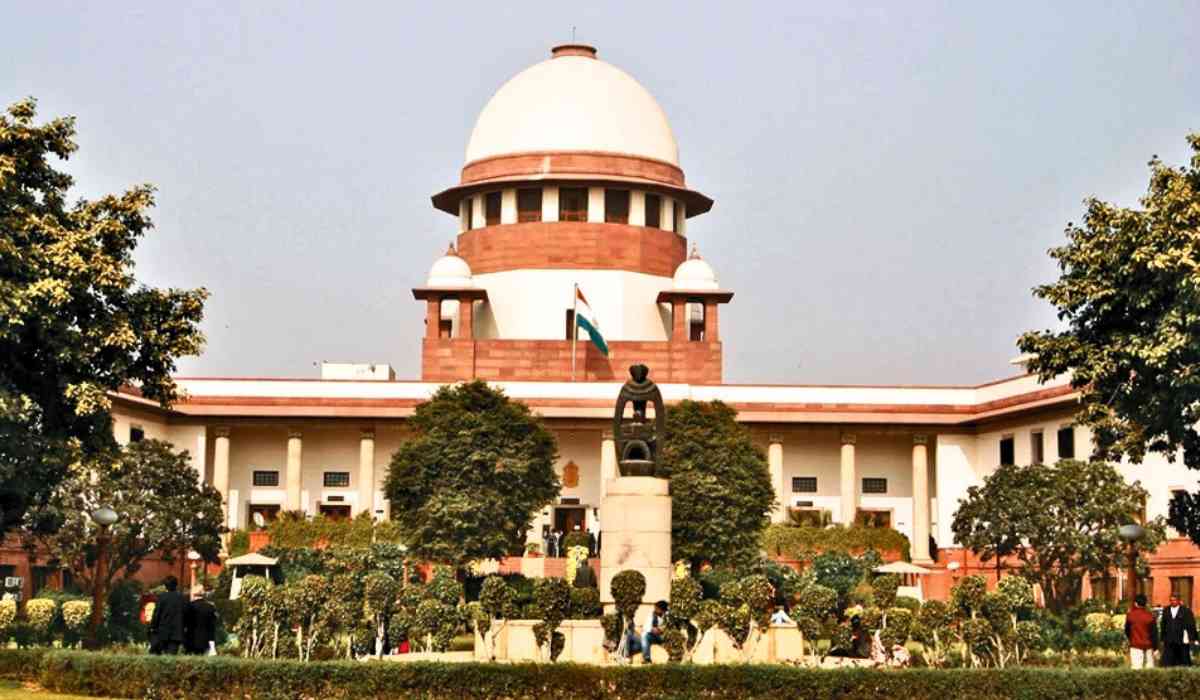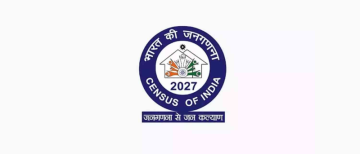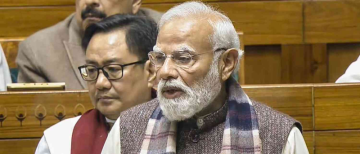In a landmark move aimed at enhancing transparency within the Indian judiciary, the Supreme Court of India has begun publicly disclosing the asset declarations of its sitting judges on its official website. This initiative marks a significant departure from past practices and reflects a growing commitment to openness and accountability in one of the country's most important institutions.
What Has Changed?
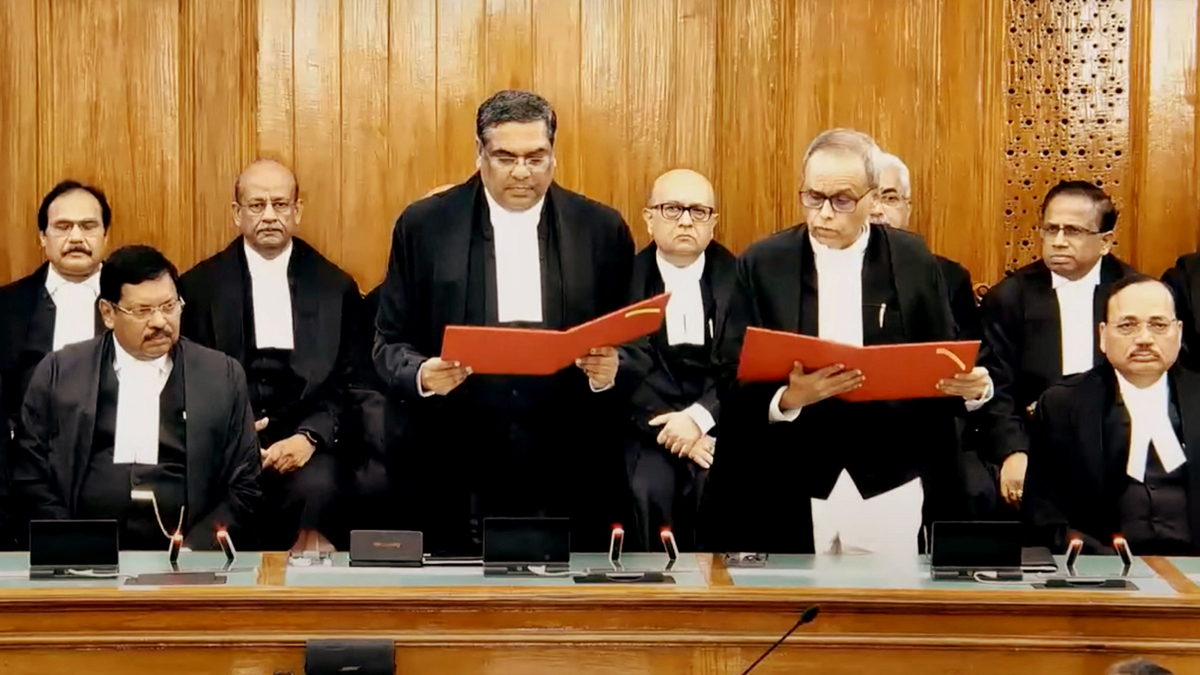
Traditionally, only the Chief Justice of India (CJI) was required to declare assets publicly, while other judges' disclosures remained confidential. However, following a full-court resolution passed on April 1, 2025, the Supreme Court has uploaded the asset details of 21 out of its 33 sitting judges online. These declarations include comprehensive information about real estate, movable property, gold, shares, and investments held by the judges, their spouses, and joint family members. The asset details of all five judges on the Collegium, the body responsible for judicial appointments, are also included, with remaining judges' information to be uploaded soon.
In addition to asset disclosures, the Supreme Court has made public the entire appointment process for High Court and Supreme Court judges. This includes the roles of the High Court Collegium, inputs from state and central governments, and data on appointments made between November 2022 and May 2025. By doing so, the Court aims to demystify the opaque selection process and foster public trust.
Why This Matters
This move comes amid growing public concern over the judiciary's opacity, especially following a controversy involving burnt currency notes found at the residence of a Delhi High Court judge. The incident sparked debates about judicial accountability and the need for greater transparency in judicial conduct and appointments.
By voluntarily placing judges' assets and appointment details in the public domain, the Supreme Court is taking a proactive step to address these concerns. Transparency in the judiciary is crucial for maintaining public confidence, ensuring ethical conduct, and safeguarding the independence of the judicial system.
Balancing Transparency and Judicial Independence
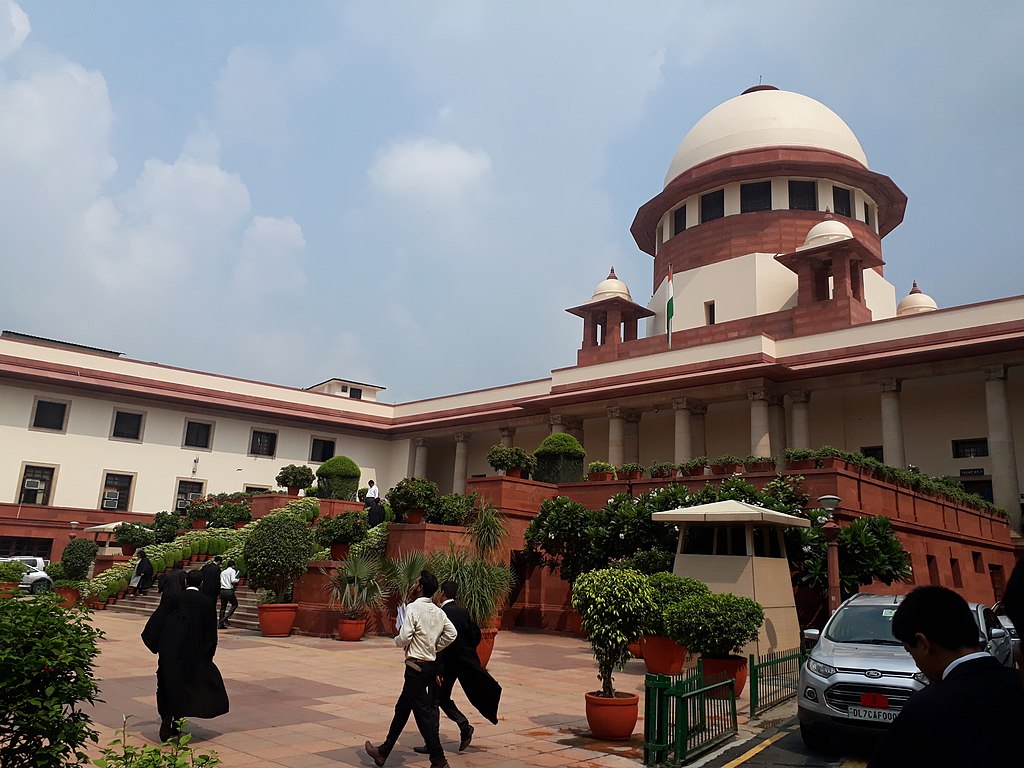
While transparency is essential, it must be balanced with the need to protect judicial independence. The Supreme Court's approach reflects this balance by making information available without compromising the confidentiality required for judicial functioning. The Court’s publication of reports, inquiry findings, and asset details signals a new era where accountability is not viewed as a threat but as a pillar supporting judicial integrity.
Transparency is a foundational principle in democratic governance. It ensures that public institutions operate openly, allowing citizens to hold them accountable. The Supreme Court's initiative aligns with this principle, reinforcing the judiciary's role as a fair and impartial arbiter.
However, transparency alone is not a panacea. It must be accompanied by effective mechanisms for addressing misconduct and ensuring that disclosures lead to meaningful oversight. The judiciary’s willingness to share information publicly is a positive step, but ongoing vigilance from all stakeholders-including the media, civil society, and government-is necessary to sustain and deepen this openness.
Final Note
The Supreme Court of India's decision to publish judges' asset declarations and appointment details online represents a historic stride towards transparency. It opens up the judiciary to public scrutiny in a way never seen before, fostering trust and reinforcing democratic values. While challenges remain in balancing openness with judicial independence, this bold step sets a precedent for greater accountability and could inspire similar reforms in other institutions.
)
By embracing transparency, the Supreme Court is not only responding to public demand but also strengthening the very foundations of justice in India. This initiative, if sustained and expanded, promises to enhance the credibility and integrity of the judiciary for generations to come.
With inputs from agencies
Image Source: Multiple agencies
©️ Copyright 2025. All Rights Reserved Powered by Vygr Media.

